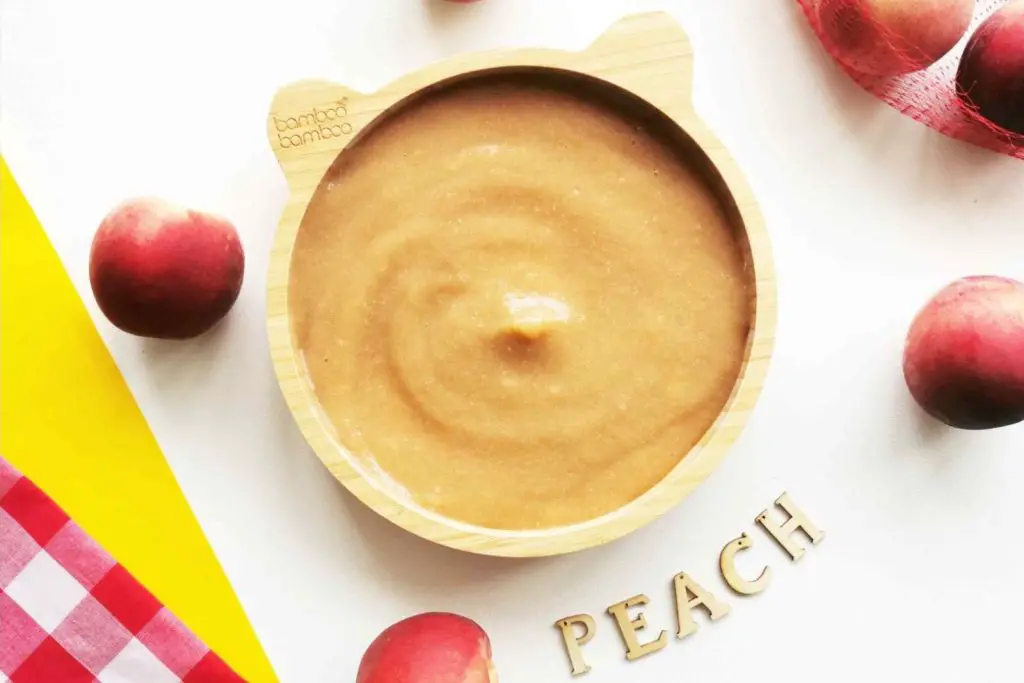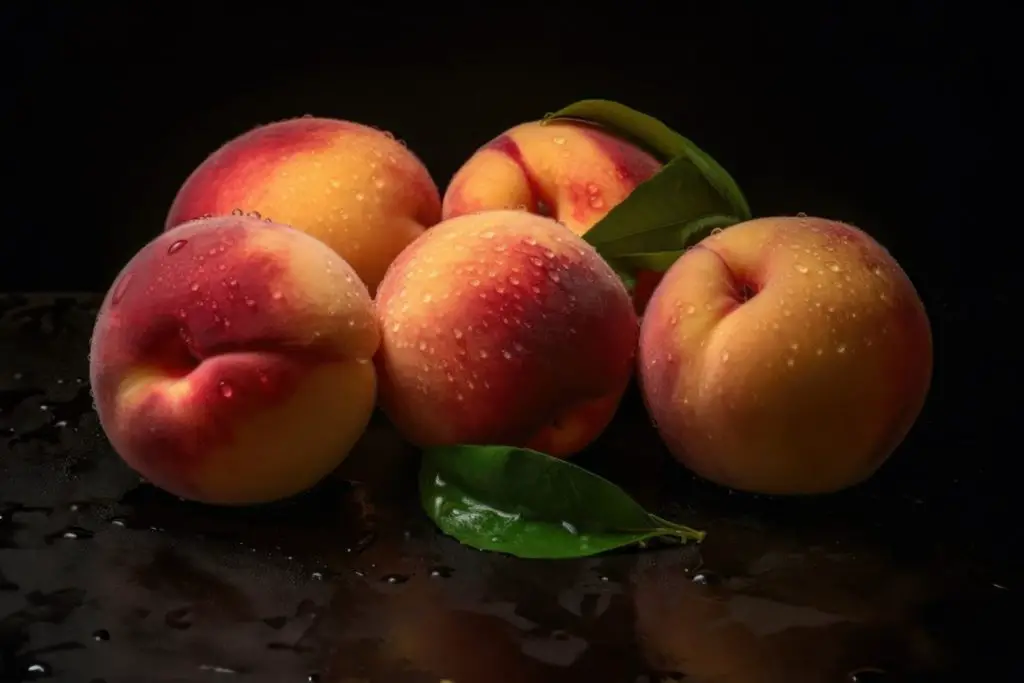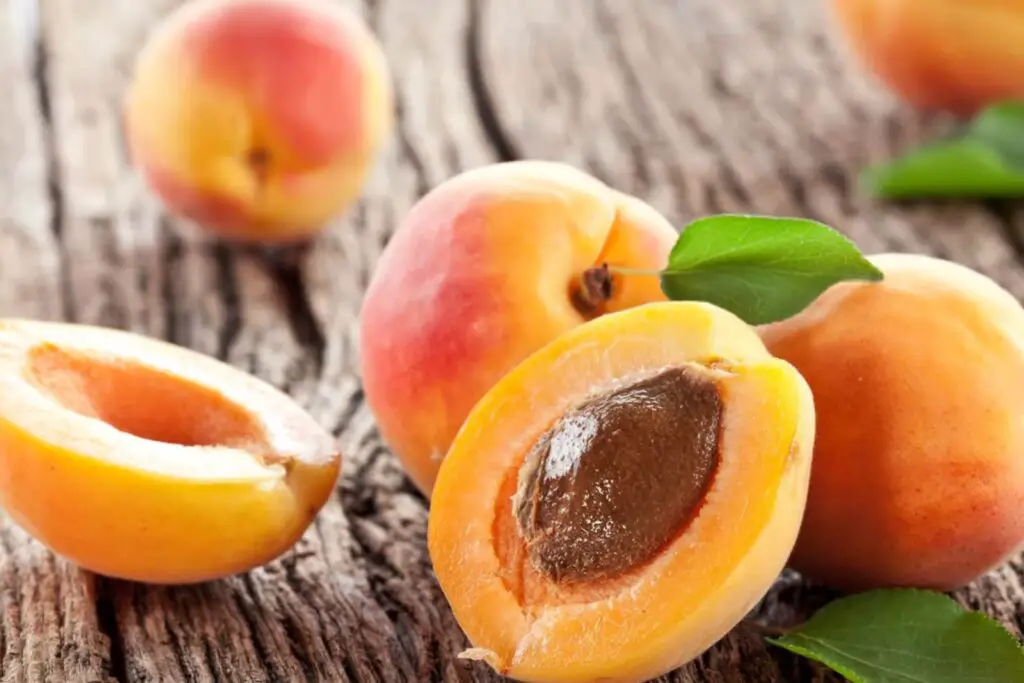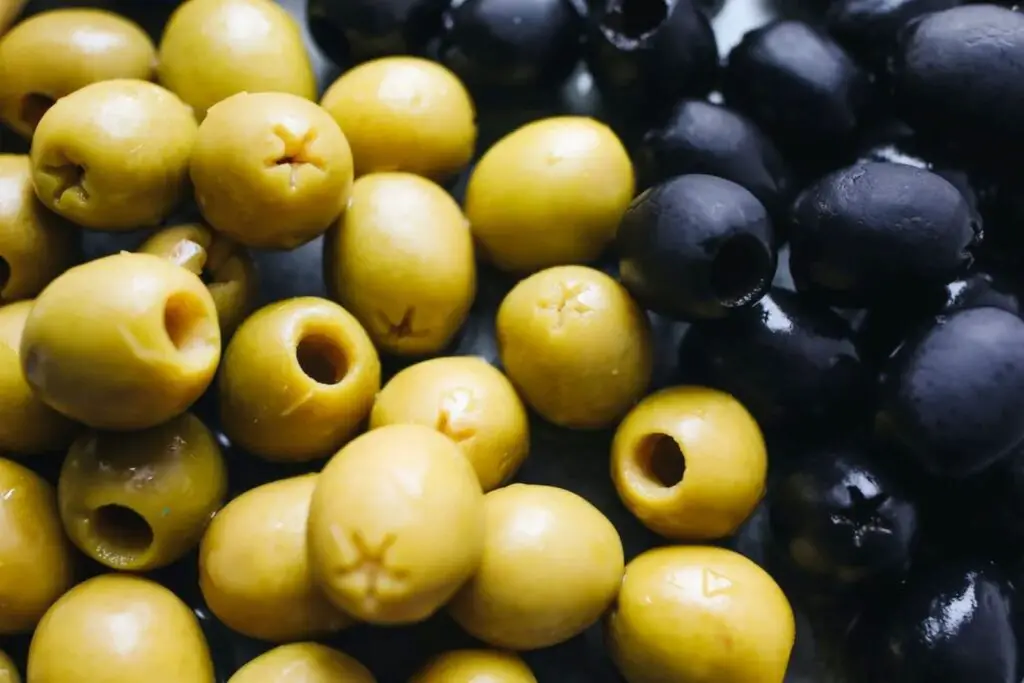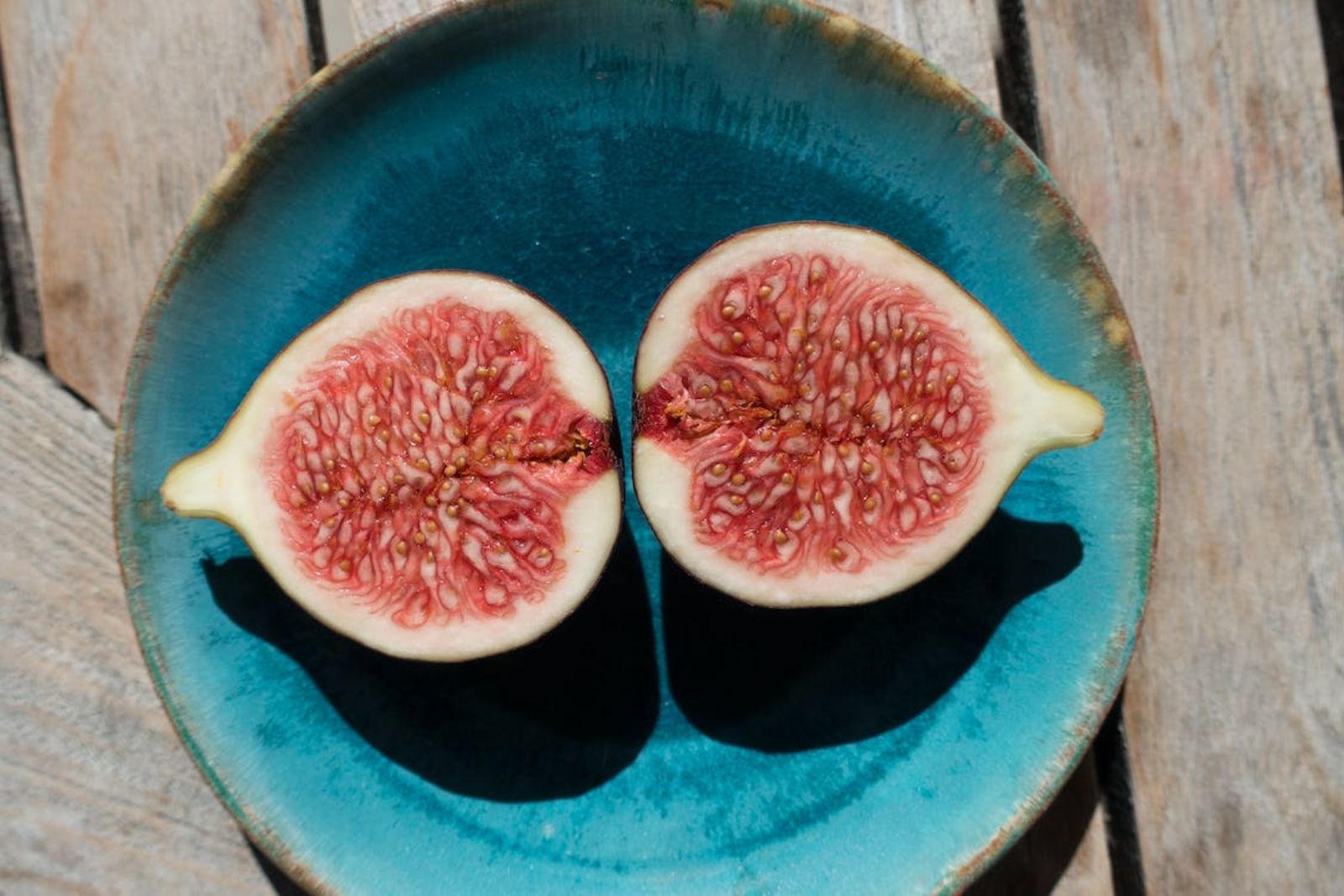
Figs, with their sweet, honey-like flavor and unique texture, are a delectable fruit that many enjoy during their peak season. However, you can extend your enjoyment of figs throughout the year by freezing them. Freezing figs preserves their flavor and allows you to use them in various recipes, from desserts to savory dishes. In this guide, we’ll walk you through the steps to freeze figs properly, ensuring they maintain their delicious taste and quality for future use.
Here’s a comprehensive guide on how to freeze figs:
Step 1: Choose ripe figs
Selecting the right figs is a crucial first step when preparing to freeze them. Ripe figs not only ensure the best flavor and texture but also contribute to the overall success of the freezing process. Here’s a closer look at why choosing ripe figs is essential:
- Flavor: Ripe figs have a sweet, honey-like flavor that is characteristic of this delightful fruit. Their sugars have fully developed, providing a satisfying taste that will be preserved during freezing.
- Texture: The texture of ripe figs is soft and tender. This is ideal for freezing, as overly firm or under ripe figs can become mushy and lose their appealing texture in the freezer.
- Color: Ripe figs typically exhibit a vibrant, rich color. Depending on the variety, this might be deep purple, green, or even brown. The color is not only visually appealing but also indicative of the fig’s maturity and sweetness.
- Aroma: Ripe figs emit a fragrant aroma that’s hard to resist. This scent is a sure sign that the figs are at their peak ripeness and ready for consumption or freezing.
- Spoilage Prevention: By selecting figs that are free from visible signs of spoilage, such as mold or blemishes, you ensure that your frozen figs won’t carry any unwanted flavors or contaminants.
Choosing ripe figs is essential for preserving their delicious flavor and ensuring that the freezing process results in figs that are a pleasure to use in various recipes. So, take a moment to carefully inspect your figs and enjoy the benefits of ripe, frozen figs throughout the year.
Are there any specific varieties of figs that freeze better than others?
While most fig varieties can be frozen successfully, some may have slight variations in texture and flavor after freezing. Varieties with firmer flesh, such as ‘Brown Turkey,’ ‘Black Mission,’ and ‘Celeste,’ tend to freeze well and maintain their texture. Experimenting with different fig varieties will help you discover your preferred choice for freezing, as individual taste preferences may vary.
Step 2: Wash and dry the figs
After selecting ripe figs, the next crucial step in preparing them for freezing is to wash and thoroughly dry them. This seemingly simple process is essential for several reasons:
- Dirt and Debris Removal: Figs, like many fruits, can accumulate dirt, dust, or other contaminants during harvesting and transportation. Washing them under cool running water helps eliminate any foreign particles that may be present on the figs’ surface.
- Hygiene and Food Safety: Ensuring that the figs are clean is a fundamental practice in food safety. It helps reduce the risk of consuming harmful bacteria or pathogens that may be present on the skin of the fruit.
- Flavor Preservation: Washing figs before freezing removes any residue that might affect their natural flavor. This ensures that the sweet and distinctive taste of ripe figs remains intact during the freezing process.
- Proper Freezing: Drying the figs thoroughly after washing is critical. Excess moisture can lead to freezer burn, which affects the texture and flavor of the figs. By patting them dry with a clean kitchen towel or paper towels, you remove excess moisture and prevent freezer burn.
- Preventing Ice Crystal Formation: Moisture on the figs’ surface can also lead to the formation of ice crystals, which can negatively impact the figs’ texture. Dry figs are less likely to develop these ice crystals.
To wash and dry figs effectively, gently rinse them under cool running water, taking care not to crush or damage the delicate fruit. Afterward, pat them dry with a clean, absorbent kitchen towel or paper towels. Ensure that no moisture remains on the figs before proceeding with the freezing process. This extra step in fig preparation goes a long way in preserving their quality and flavor during storage and future use.
Step 3: Remove the stems
Once you have washed and dried your figs, the next crucial step is to remove the stems. This seemingly small task holds significance for several reasons:
- Improved Aesthetics: Removing the stems from figs enhances their overall appearance. Stems can be woody and less visually appealing, and their removal makes the figs look more attractive when used in recipes or served as a garnish.
- Enhanced Texture: While fig stems are generally edible, they can sometimes be tough or fibrous. By eliminating the stems, you ensure that the figs have a consistently smooth and enjoyable texture when consumed in various dishes.
- Ease of Use: Frozen figs are often used in recipes that require them to be sliced, diced, or pureed. Without stems, figs are more convenient to work with, as you won’t have to deal with woody protrusions that can hinder the cooking or preparation process.
- Uniformity: Removing the stems promotes uniformity among your frozen figs. Uniformly prepared figs ensure consistent cooking times and results when you incorporate them into your culinary creations.
To remove the stems effectively, use a sharp knife. Gently hold each fig and cut off the stem as close to the fruit’s surface as possible without sacrificing too much of the fruit. Take care to make clean, precise cuts to minimize waste. Once all the stems are removed, your figs are ready to be sliced, diced, or frozen whole, depending on your intended use. This simple yet essential step ensures that your frozen figs will be not only visually appealing but also easy to incorporate into a wide range of recipes, from desserts to savory dishes.
Can I freeze figs with their skins on, or should I peel them first?
You can freeze figs with their skins on; there’s no need to peel them. The skin of figs is edible and adds flavor, texture, and nutritional value to the fruit. Freezing figs with their skins intact is a convenient and practical approach that allows you to fully enjoy the figs in various recipes.
Should I remove the seeds before freezing figs?
You do not need to remove the seeds from figs before freezing. The seeds are edible and contribute to the fig’s texture and flavor. Freezing figs with their seeds intact is a common practice, and they can be used in recipes with the seeds just as you would with fresh figs.
Step 4: Decide on the freezing method
Once you’ve prepared your figs by washing, drying, and removing the stems, it’s time to decide on the freezing method that aligns with your future culinary plans. You have two primary options: freezing figs whole or slicing them before freezing. The choice between these two methods depends on how you intend to use the figs, and each method offers distinct advantages:
Freezing Whole Figs:
- Convenience: Freezing figs whole is the quickest and easiest method. It requires minimal preparation and allows you to enjoy the convenience of grabbing a single frozen fig for snacking or garnishing dishes.
- Visual Appeal: Whole frozen figs maintain their natural shape and appearance, making them an attractive addition to desserts and cheese platters.
- Minimal Texture Change: Freezing whole figs preserves their original texture to a greater extent. They remain plump and juicy when thawed.
Slicing Figs Before Freezing:
- Versatility: Sliced figs offer versatility in the kitchen. They can be easily incorporated into a wide range of recipes, such as salads, jams, compotes, or baked goods.
- Even Distribution: Sliced figs allow for even distribution in recipes, ensuring that you get a taste of fig in every bite.
- Quicker Thawing: Sliced figs tend to thaw more quickly than whole ones, making them ideal for dishes where you need the figs to blend seamlessly.
Consider your culinary preferences and planned recipes when deciding between whole or sliced figs. If you anticipate using them primarily for snacking or garnishing, freezing them whole is a convenient choice. On the other hand, if you want to incorporate figs into a variety of dishes, slicing them before freezing provides greater flexibility. Ultimately, your choice of freezing method will depend on how you envision using the figs in your future culinary creations.
Step 5: Arrange the figs on a tray
The way you arrange your figs on a tray before freezing plays a crucial role in ensuring that they freeze individually without sticking together. This step is essential to maintain the quality and convenience of your frozen figs. Here’s why it matters:
- Preventing Clumping: Whether you’re freezing whole figs or sliced ones, they have a natural tendency to stick together when they come into contact during the freezing process. By arranging them on a tray so that they don’t touch each other, you reduce the likelihood of figs freezing together in a solid mass.
- Individual Freezing: Individual freezing is essential for the long-term quality of your frozen figs. When figs freeze separately, it’s easier to remove just the quantity you need without defrosting the entire batch. This helps you avoid waste and maintain the integrity of the remaining figs.
- Ease of Storage: A tray with well-arranged figs allows for efficient use of freezer space. Once the figs are individually frozen, you can transfer them into airtight containers or bags without worrying about them sticking together.
- Convenience: Properly spaced figs on a tray make it simpler to handle and package them. When it’s time to transfer the frozen figs into storage containers, you won’t have to struggle with trying to separate them, which can be challenging if they’ve frozen in a solid block.
To ensure that your figs freeze individually without sticking together, lay them out in a single layer on a baking sheet or tray. Make sure there’s enough space between each fig or slice, so they remain separate during the freezing process. This extra effort in arranging the figs on the tray will go a long way in preserving their quality and ease of use when you need to access them from the freezer.
Step 6: Flash-freeze the figs
Flash-freezing is a crucial step in the fig freezing process, and it’s essential for preserving the quality of your figs and preventing them from sticking together. Here’s why flash-freezing is necessary:
- Individual Freezing: Flash-freezing allows each fig or fig slice to freeze individually and quickly. Individual freezing is crucial because it prevents the figs from freezing together in a solid mass. When figs freeze individually, you can easily remove just the quantity you need without thawing the entire batch.
- Preservation of Texture and Flavor: Flash-freezing is a rapid cooling process that helps preserve the figs’ texture and flavor. When items freeze slowly, ice crystals have more time to form within the cells of the food, potentially causing cell damage and affecting the texture and taste. With flash-freezing, ice crystals are smaller and less damaging, resulting in better-quality frozen figs.
- Preventing Stickiness: Figs contain natural sugars that can become sticky when frozen. Flash-freezing reduces the time the figs spend in contact with each other, minimizing the chances of them sticking together. This is especially important if you plan to use the figs individually in recipes.
To flash-freeze your figs:
- Arrange Them Properly: As explained in Step 5, ensure that your figs are spread out in a single layer on a baking sheet or tray, with enough space between them so they don’t touch.
- Place in the Freezer: Put the tray of figs into the freezer and make sure it is level. The flat surface allows for even freezing.
- Monitor Time: Allow the figs to freeze for about 1-2 hours. The exact time may vary depending on your freezer’s temperature and the size of the figs or slices. You’ll know they are adequately flash-frozen when they are firm to the touch.
Step 7: Package and seal the figs
After you’ve successfully flash-frozen your figs, the next critical step is to package and seal them for long-term storage in the freezer. Proper packaging is essential to protect your figs from freezer burn and other forms of deterioration. Here’s why this step is crucial:
- Preventing Freezer Burn: Freezer burn occurs when moisture in the food evaporates and then refreezes on the food’s surface. It can lead to changes in texture and flavor, making the figs less enjoyable to eat. By using airtight packaging, you create a barrier that helps prevent moisture loss and freezer burn.
- Maintaining Freshness: Airtight containers or resealable plastic bags help maintain the freshness of the figs by keeping out odors and moisture from the freezer. This preserves their natural flavor and aroma.
- Convenience: Proper packaging makes it easy to store and retrieve figs from the freezer. It also helps you keep your freezer organized, allowing you to maximize space and locate the figs when needed.
To package and seal your frozen figs effectively:
- Choose Airtight Containers: Select freezer-safe containers or resealable plastic bags designed for long-term freezer storage. These are made to withstand low temperatures and prevent air from entering.
- Portion Control: Consider portioning the figs based on your typical usage. This can help reduce the need to thaw and refreeze them multiple times.
- Fill Containers or Bags: Fill the containers or bags with the frozen figs, leaving some space at the top to accommodate any potential expansion during freezing.
- Remove Excess Air: If you’re using resealable bags, gently press out as much air as possible before sealing. For containers, choose sizes that closely match the amount of figs you’re storing to minimize the trapped air.
- Seal Tightly: Ensure that the containers or bags are sealed tightly to maintain an airtight environment.
Step 8: Label and date the packages
Properly labeling and dating your frozen fig packages is a crucial step for maintaining organization and freshness in your freezer. Here’s why labeling and dating are essential:
- Freshness Tracking: Labeling each container or bag with the date of freezing allows you to track the freshness of your figs. This ensures that you use the oldest figs first (first-in, first-out) and minimizes the risk of keeping them in the freezer for an extended period, where quality may degrade over time.
- Identification: Including a brief description, such as “whole” or “sliced,” helps you quickly identify the contents of each package. This is particularly useful when you have multiple packages of frozen foods in the freezer, saving you time and minimizing the need to open containers to check the contents.
- Avoiding Waste: By knowing the age and type of figs in each package, you can plan your meals and recipes more effectively, reducing the chances of food waste. You can also use older figs for cooking and newer ones for snacking or garnishing.
- Quality Assurance: Keeping track of the freezing date and type of figs ensures that you use them within the recommended storage time frame. This helps maintain the best possible quality and flavor when you eventually use the figs in your recipes.
To label and date your frozen fig packages:
- Use Permanent Marker: Write the date of freezing and a brief description (e.g., “whole” or “sliced”) directly on the container or on a label affixed to the container. Use a permanent marker to ensure the information remains legible and doesn’t smudge or fade.
- Be Specific: Be as specific as possible with your labeling. For the date, include the day, month, and year. If you’re using multiple containers, you can also add a number to indicate the order in which they were frozen (e.g., “1 of 3,” “2 of 3”).
- Keep it Visible: Place the label where it’s easily visible on the package, so you can quickly identify the figs inside.
Step 9: Store in the freezer
After you’ve carefully packaged, labeled, and dated your figs, the final step is to store them in the freezer. Proper freezer storage is essential to maintain the figs’ quality and safety. Here’s why this step matters:
- Preservation of Quality: Storing figs in the freezer at the recommended temperature of 0°F (-18°C) or lower is crucial for preserving their flavor, texture, and nutritional value. Lower temperatures help prevent the growth of harmful microorganisms and slow down enzymatic reactions that can lead to food deterioration.
- Minimizing Freezer Burn: Placing the sealed containers or bags in the freezer ensures that the figs are well-protected from freezer burn. Freezer burn occurs when moisture on the surface of the food evaporates and refreezes, causing texture and flavor changes. Maintaining a consistent, cold temperature minimizes this risk.
- Safe Long-Term Storage: Storing figs in the freezer allows you to extend their shelf life considerably. Properly frozen figs can be stored for several months, and they will remain safe to eat as long as they are kept at a constant low temperature.
- Efficient Use of Freezer Space: By placing the figs in a designated spot in the freezer, you can maximize the use of your freezer’s available space. Organizing your frozen items makes it easier to locate and access the figs when needed.
To store your figs in the freezer:
- Check the Temperature: Ensure that your freezer is operating at 0°F (-18°C) or lower. Use a freezer thermometer to verify the temperature if necessary.
- Choose a Suitable Location: Select a location in the freezer where the temperature remains consistently cold. Avoid placing the figs near the freezer door, as temperature fluctuations can occur when the door is frequently opened.
- Arrange Containers or Bags: Place the sealed containers or bags of figs in a single layer on a freezer shelf or in a designated freezer drawer. Avoid overcrowding or stacking them to allow for proper air circulation, which helps maintain consistent freezing temperatures.
- Keep an Inventory: Maintain an inventory of your frozen foods and regularly check the dates on the fig packages to ensure that you use the oldest figs first.
How long can figs last in the freezer?
Figs can last in the freezer for up to 8-12 months when stored at 0°F (-18°C) or lower. Properly sealed and labeled containers or bags help maintain their quality. Use a first-in, first-out approach to ensure you enjoy the oldest figs before newer ones.
Other related questions
How do I defrost figs?
Defrost figs in the refrigerator by transferring them from the freezer to the fridge. Allow them to thaw for several hours or overnight. Alternatively, defrost figs quickly by placing them in a sealed plastic bag and submerging the bag in cold water for 1-2 hours, changing the water every 30 minutes.
Can I refreeze figs?
It is generally not recommended to refreeze figs after they have been thawed. Once figs have thawed, they may lose some of their original texture and flavor. Refreezing can also increase the risk of food safety concerns, as the figs may have been exposed to temperature fluctuations during the thawing process.
How do I know if the figs have gone bad after being frozen?
To determine if frozen figs have gone bad, first, inspect their appearance. Look for signs of freezer burn, such as ice crystals, discolored patches, or a dry, shriveled texture. Additionally, check for any unusual odors or off-putting smells, as spoilage may produce an unpleasant scent. If you notice any of these signs, it’s best to discard the figs as they may have deteriorated in quality and safety.
Are there any specific recipes that work particularly well with frozen figs?
Frozen figs can be used in a wide range of recipes, including fig preserves, fig-based sauces for meats, fig-filled pastries, and fig-infused beverages. They’re versatile and can be adapted to various culinary creations.
Can I freeze figs with added sugar or syrup?
While it’s not necessary to add sugar or syrup before freezing figs, you can do so if you prefer a sweeter result. Keep in mind that figs naturally have a sweet flavor, and the addition of sugar or syrup is a matter of personal preference. If you choose to add sugar or syrup, ensure that they are evenly distributed and adequately mixed with the figs before freezing to enhance the overall sweetness of the fruit.

